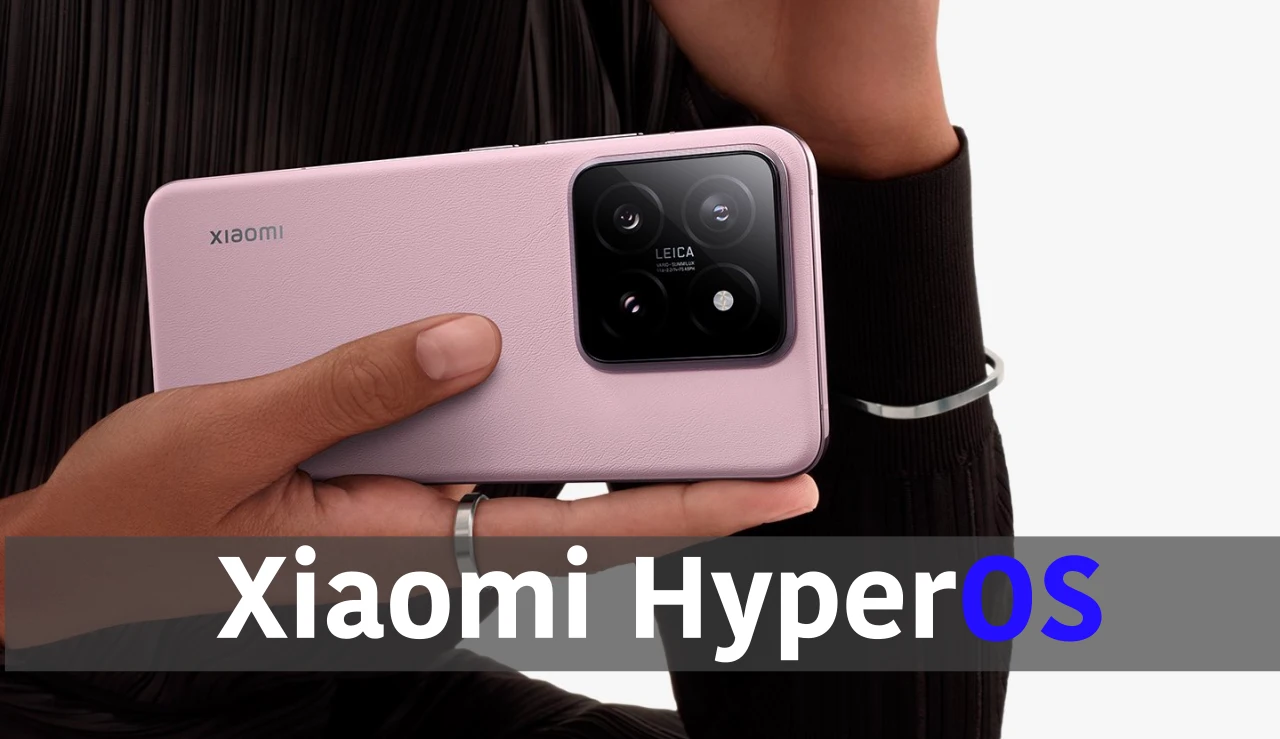After the HyperOS update, we can see such new things on the phone, like users getting faster boot times, smoother animation, and better backgrounds. After this update, the user can get better connectivity with Xiaomi and Redmi devices than before. For privacy, better facilities like advanced encryption, Grand Permission Management AI Power feature, text generation, language and image search, etc., have been introduced.
Although we have said surely that deliveries should start at the end of the first quarter of 2024 and release plans for other models will be announced later, no specific launch company has been mentioned, and even some of the names of the models are also given-
- Xiaomi 13
- Xiaomi 13 Pro
- Xiaomi 13 T
- Xiaomi 13 Ultra
- Xiaomi 13 T Pro
- Xiaomi Pad 6
- Redmi Note 12
- Redmi Note 12S
- Poco F5
These will be the only Android 14 models to get HyperOS in the global version, but many more will be added in the coming months. Owners of Xiaomi, Redmi, and POCO devices will have to be a little patient for a few more months, but it won’t take long to arrive in the Chinese market, and the update should arrive on all models soon.
HyperOS Feature
Billed as a “human-centric” OS, HyperOS boasts a contemporary design language and features that promise to further enhance the user experience. Its work includes facilitating device transitions, enabling remote data and app access, and using AI for speech generation, image search, and artwork creation.
HyperOS also promises some improvements in terms of performance, AI integration, cross-device connectivity, and privacy and security. Users can expect faster boot times, smooth animations, and optimized background app retention for overall better performance. Thus, It promises an intuitive and functional interface in Xiaomi’s products.
Talking in terms of connectivity, HyperOS devices allow users to easily continue tasks on different platforms, receive calls on alternate devices, use the smartphone’s rear camera as a laptop webcam, share mobile data, and many more things.
Privacy and security take center stage with open-source components, advanced encryption, and detailed permission management; the revamped user interface features an iOS-inspired lock screen, customizable widgets, a dynamic-island-like notification system, and an enhanced quick settings menu that will provide such facilities.








